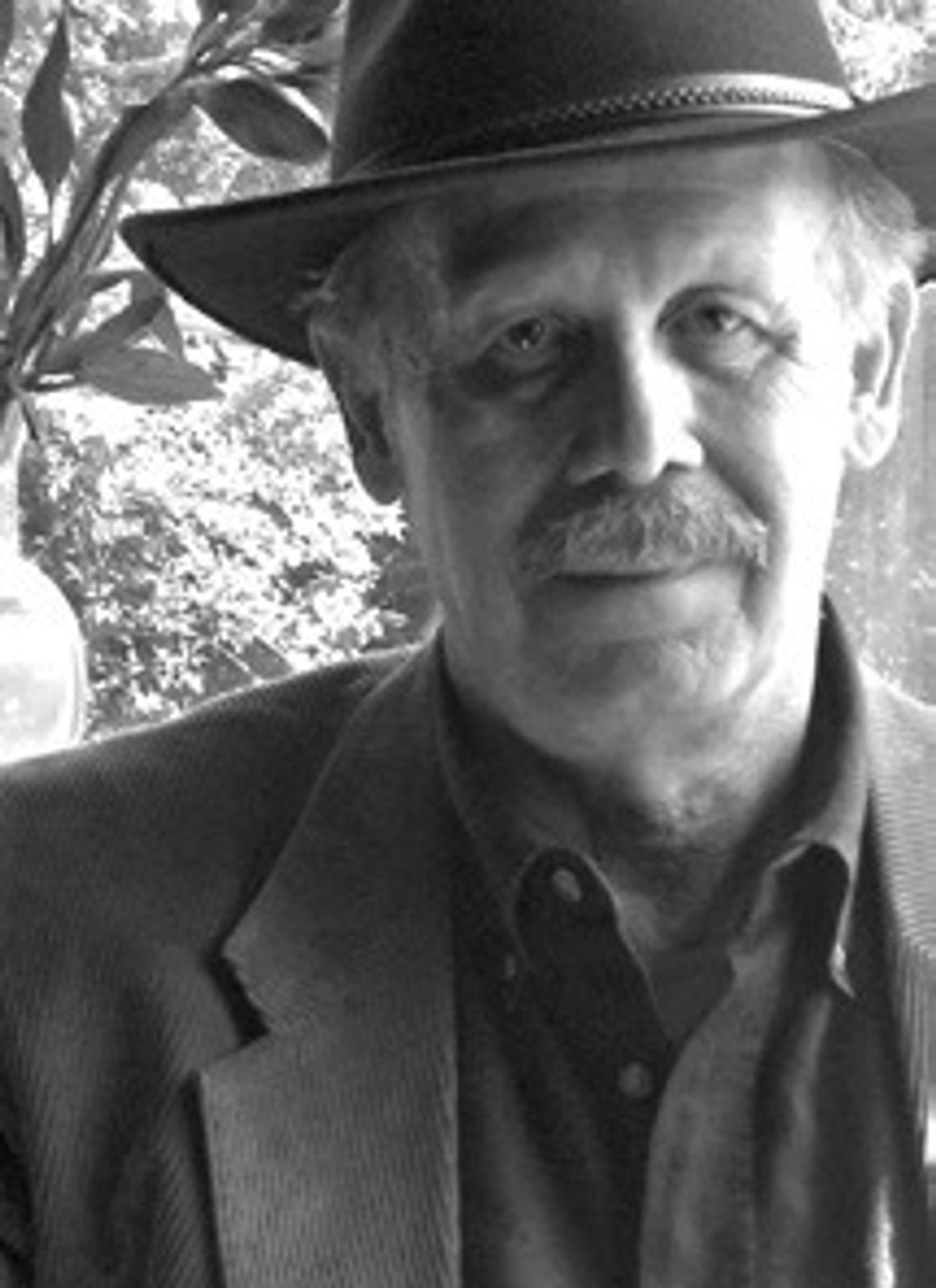Martin Dies, fire-breathing founder of the House Un-American Activities Committee (HUAC), came out of retirement on Apr. 26, 1952 to run for Texas’ new at-large congressional seat.
After graduating from law school in 1922, Dies joined the family law firm in Orange. During two recent terms as an East Texas congressman, his father had opposed U.S. involvement in the First World War. Following in dad’s footsteps, the son won election to the House of Representatives in 1931 and at age 30 became the youngest of the 435 members.
Even in the depths of the Depression, Rep. Dies had his differences with the New Deal. For example, his cure for unemployment was the mass deportation of six million aliens instead of government-sponsored work programs. By 1936 the staunch conservative emerged as the leader of the “Demagogues’ Club,” a caucus of 75 House Democrats increasingly critical of the policies of the Roosevelt administration.
Two years later, Dies revived his anti-alien theme with a resolution that urged a sweeping investigation of all foreigners. The xenophobic proposal coincided with the concern of New York representatives over published reports of Nazi summer camps in New Jersey and on Long Island. The result was the creation in May 1938 of the House Un-American Activities Committee, known simply as the Dies Committee.
At the start of his controversial crusade to stamp out sedition, the chairman announced the discovery of a Bolshevik plot to assassinate the president. FDR had nothing to fear, however, because the Texan promised to crush the conspiracy.
Skeptics tried to keep Dies on a short leash by limiting the HUAC appropriation to a measly $25,000, but the clever congressman stretched his committee dollars by cutting the budget to the bone. He dispensed with the usual staff, acted as his own legal advisor and retained volunteer investigators.
Dies’ initial targets were the New York Nazis, United Mine Workers president John L. Lewis, the Congress of Industrial Organizations (CIO) and left-wing infiltration of the movie industry. The Hollywood fiasco left egg on the chairman’s face after child star Shirley Temple was accused of consorting with French radicals.
Dies turned his attention to the sit-down strikes that had paralyzed the auto plants in 1937. Union militants were condemned as communist troublemakers, while Michigan governor Frank Murphy was castigated as a fellow traveler for refusing to break the strike.
Murphy was not only a Democrat up for reelection but also a personal friend of the president. “I was very much disappointed,” Roosevelt remarked in a prepared statement chastising Dies, “because a congressional committee charged with the responsibility of investigating un-American activities should have permitted itself to be used in a flagrantly unfair and un-American attempt to influence an election.”
Dies moved on to the hearings which became the HUAC trademark -- the parade of repentant reds, mostly ex-members of the Communist Party, who pleaded in public for forgiveness. The staged testimony always featured unsubstantiated finger-pointing at the sinister subversives supposedly responsible for the witnesses’ fall from political grace.
Despite deeply divided opinions on Dies’ methods as well as his motives, he attracted a large following. When Morris Sheppard died in 1941 during his twenty-eighth year in the U.S. Senate, he eagerly entered the race to pick a replacement.
The competition was stiff, but preliminary polls gave Dies a fighting chance against Gov. W. Lee O’Daniel, Congressman Lyndon B. Johnson and Gerald Mann, football hero turned attorney-general. Dies’ oratorical eloquence, which caused John Connally to rate him “one of the best stump speakers I ever heard,” kept him within striking distance before fading in the stretch to finish a distant fourth.
Dies then raised his biggest ruckus ever by demanding the dismissal of 3,800 federal employees as alleged threats to national security. After a painstaking inquiry by the justice department, less than one per cent -- 36 to be exact -- were actually let go. But the zealot’s scattergun strategy had done irreparable damage to the reputations of the rest.
Dies retired rather than risk losing to a strong challenger in his bid for an eighth term. Then, after a seven-year hiatus, he won the brand-new at-large seat against token opposition.
Witch-hunting was again all the rage in Washington when Dies returned in 1952, but not for long. Two years later, the Senate cracked down on Joseph McCarthy for his unscrupulous conduct, and the anti-communist hysteria gradually subsided.
In the faint hope of succeeding Sen. Price Daniel, who gave up his seat for the governorship, Martin Dies rolled the dice one last time in 1957. A victory by perennial loser Ralph Yarborough shattered his Senate dream and ended the witch-hunter’s career on a sour and disappointing note.
–––
Bartee welcomes your comments and questions at [email protected] or P.O. Box 130011, Spring, TX 77393.
Witch-hunting Texan makes curtain call
Martin Dies, fire-breathing founder of the House Un-American Activities Committee (HUAC), came out of retirement on Apr. 26, 1952 to run for Texas’ new at-large congressional seat.
- 04/24/2024 09:10 PM










